Lumbar Spinal stenosis: Cause, Symptoms, Diagnosis, Treatment, Exercise
Table of Contents
What is Lumbar Spinal Stenosis?
Lumbar Spinal stenosis is an abnormal narrowing of the spinal canal or neural foramen that results in pressure on the spinal cord or nerve roots.
Lumbar spinal stenosis (LSS) is a medical condition in which the spinal canal narrows and compresses the nerves at the level of the lumbar vertebrae. This is usually due to the common occurrence of spinal degeneration that occurs with aging. It can also sometimes be caused by spinal disc herniation, osteoporosis, a tumor, or trauma.
Related Anatomy:
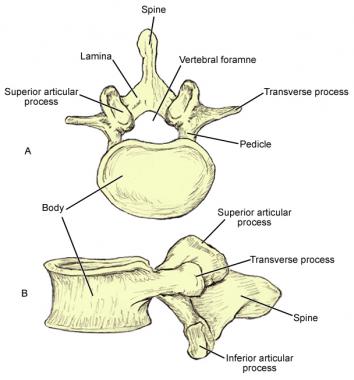
The lumbar spine consists of 5 moveable vertebrae numbered L1-L5. The complex anatomy of the lumbar spine is a remarkable combination of these strong vertebrae, multiple bony elements linked by joint capsules, flexible ligaments/tendons, large muscles, and highly sensitive nerves. It also has a complicated innervation and vascular supply.
The lumbar spine is designed to be incredibly strong, protecting the highly sensitive spinal cord and spinal nerve roots. At the same time, it is highly flexible, providing mobility in many different planes including flexion, extension, side bending, and rotation
Symptoms of Lumbar Spinal Stenosis:
Numbness or tingling in a foot or leg
Weakness in a foot or leg
Pain or cramping in one or both legs when you stand for long periods of time or when you walk, which usually eases when you bend
forward or sit Back pain
Causes of Lumbar Spinal Stenosis
Aging
Spinal ligaments can thicken (ligamenta flava)
Bone spurs develop on the bone and into the spinal canal or foraminal openings
Intervertebral discs may bulge or herniate into the canal or foraminal openings
Degenerative disc disease causes the narrowing of the spaces
Facet joints break down
Compression fractures of the spine, which are common in osteoporosis
Cysts form on the facet joints causing compression of the spinal sac of nerves (thecal sac)
Arthritis
Osteoarthritis
Rheumatoid arthritis—a much less common cause of spinal problems Congenital
Spinal canal is too small at birth
Structural deformities of the vertebrae may cause narrowing of the spinal canal Instability of the spine A vertebra slips forward on another (spondylolisthesis)
Trauma
Accidents and injuries may dislocate the spine and the spinal canal or cause burst fractures that yield fragments of bone that go
through the canal.
Patients with cervical myelopathy caused by narrowing of the spinal canal are at higher risk of acute spinal cord injury if involved in accidents.
Tumors
Irregular growths of soft tissue will cause inflammation.
Growth of tissue into the canal pressing on nerves, the sac of nerves, or the spinal cord.
Diagnosis:
X-rays:-
An X-ray of your back can reveal bony changes, such as bone spurs that may be narrowing the space within the spinal canal. Each X-ray involves a small exposure to radiation.
Magnetic resonance imaging (MRI):-
An MRI uses a powerful magnet and radio waves to produce cross-sectional images of your spine. The test can detect damage to your disks and ligaments, as well as the presence of tumors. Most important, it can show where the nerves in the spinal cord are being pressured.
CT or CT myelogram:-
If you can’t have an MRI, your doctor may recommend a computerized tomography (CT), a test that combines X-ray images taken from many different angles to produce detailed, cross-sectional images of your body. In a CT myelogram, the CT scan is conducted after a contrast dye is injected. The dye outlines the spinal cord and nerves, and it can reveal herniated disks, bone spurs, and tumors.
Treatment of Lumbar Spinal Stenosis:
Nonsurgical Treatment
Anti-inflammatory medications.:-
Because stenosis pain is caused by pressure on a spinal nerve, reducing inflammation (swelling) around the nerve may relieve pain.
Non-steroidal anti-inflammatory drugs (NSAIDs) initially provide pain relief. When used over the course of 5-10 days, they can also have an anti-inflammatory effect.
Most people are familiar with nonprescription NSAIDs, such as aspirin and ibuprofen. Whether over-the-counter or prescription
strength, these medicines must be used carefully. They can lead to gastritis or stomach ulcers. If you develop acid reflux or stomach
pains while taking an anti-inflammatory, be sure to talk with your doctor.
Steroid injections:-
Cortisone is a powerful anti-inflammatory drug. Cortisone injections around the nerves or in the “epidural space” can decrease swelling, as well as pain. They also reduce numbness, but not weakness, in the legs. Patients should receive no more than three injections a year.
Acupuncture:
Acupuncture can be helpful in treating some of the pain for less severe cases of lumbar stenosis. Although it can be very safe, long-term success with this treatment has not been proven scientifically.
Chiropractic manipulation:
Chiropractic manipulation is generally safe and can help with some of the pain from lumbar stenosis. Care should be taken if a patient has osteoporosis or disk herniation. Manipulation of the spine in these cases can worsen symptoms or cause other injuries.
Surgery:
Laminectomy. :
This procedure removes the back part (lamina) of the affected vertebra. A laminectomy is sometimes called decompression surgery because it eases the pressure on the nerves by creating more space around them.
In some cases, that vertebra may need to be linked to adjoining vertebrae with metal hardware and a bone graft (spinal fusion) to maintain the spine’s strength.
Laminotomy :
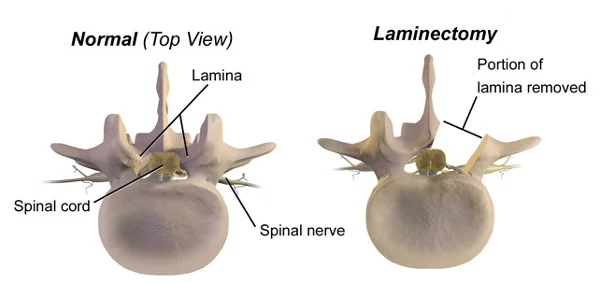
This procedure removes only a portion of the lamina, typically carving a hole just big enough to relieve the pressure in a particular spot
Laminoplasty :
This procedure is performed only on the vertebrae in the neck (cervical spine). It opens up the space within the spinal canal by creating a hinge on the lamina. Metal hardware bridges the gap in the opened section of the spine.
Minimally invasive surgery. This approach to surgery removes bone or lamina in a way that reduces the damage to nearby healthy tissue.
This results in less need to do fusions.
Physiotherapy Treatment in Lumbar Spinal stenosis:
Heat therapy, to improve blood circulation to the muscles and other soft tissues.
Ice therapy, to help relieve pain.
Cycling and limited walking, promote good physical conditioning.
modalities: lumbar traction, interferential current (IFT)
Exercises for Lumbar Spinal stenosis:
Lumbar Flexion in Lying :
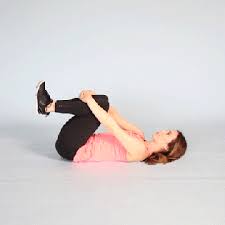
Lie on your back. Bend both knees up and put your feet flat on the ground. Slowly bring both knees up towards your chest and grab your knees with your hands.
If pressure on your knees causes knee pain, you can grab your thighs underneath your knees. Gently pull your knees up close to your chest. Hold this position for three seconds. Slowly allow your knees to lower back down to the starting position. Your feet should be flat on the floor and your knees should be bent. Perform 10 repetitions.
seated lumbar flexion:
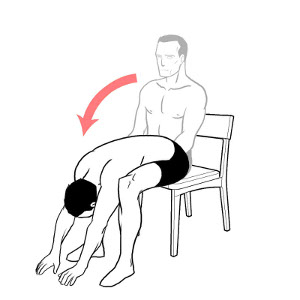
Sit in a chair with your knees open and your feet on the floor. Lean forward, bending your low back. Reach your hands down towards
the floor between your knees, and hold this position for two to three seconds. Return to the starting position
lumbar rotation:-
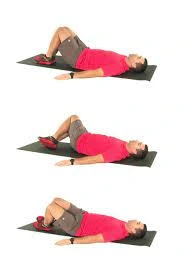
Lie on the back with knees bent and both feet flat against the floor. Slowly rotate the knees to the left side as far as you can
without increasing the symptoms. Then slowly rotate the knees to the right side. Repeat this series for 10 repetitions for three sets.
Single knee-to-chest stretch:-

Lie on the back with the legs extended. Draw the left knee into the chest and place your hands either just below the knee or at the back of the thigh and use them to draw the knee closer to the chest. Exhale as you switch legs, resting the left leg against the floor and pulling the right knee into the chest. Repeat 10 times for three sets.
bridge :

Lie on the back with the knees bent and the arms against the body and palms against the floor. Squeeze the buttocks and raise the hips
off the ground to bring the torso into a straight diagonal line. Hold this position for 5 seconds then slowly lower your bottom back
to the ground. Repeat 10 times for three sets.
Transversus Abdominus:
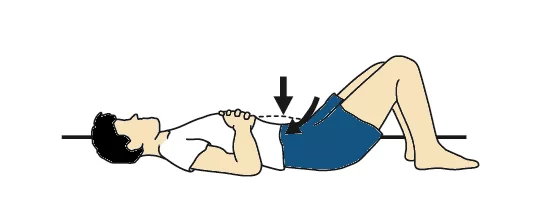
The patient pulls his belly in and up at the navel without moving the rib cage, pelvis or spine. Contraction intensity: 30 to 40% of
the maximum voluntary contraction
Pelvic Tilt:

Lie on your back with your feet flat on the floor. As you exhale, contract your abdominal muscles while you push your belly button
toward the floor and flatten your low back. Hold the position for 5 seconds. Repeat 10 times, holding the position for 5 seconds each
time.
Hamstring Stretch:
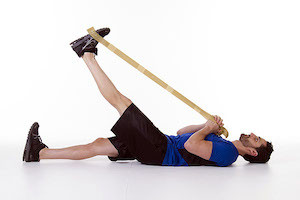
Lie on the back, supporting the thigh with the hand or with a towel wrapped around it. Slowly straighten the knee until a stretch is
felt in the back of the thigh, trying to get the bottom of the foot to face the ceiling, one leg at a time. Hold the position
initially for 10 seconds, and gradually work up to 20 to 30 seconds.
Sitting pelvic tilt using gym ball:
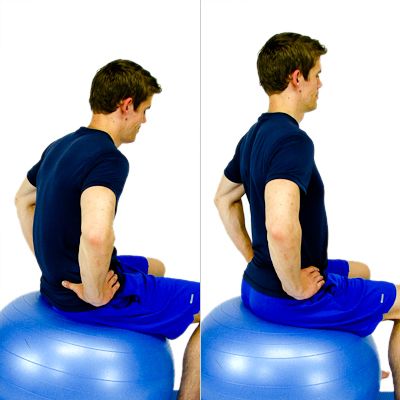
Sit on the ball with knees apart and feet flat on the floor. Both hips and knees should be flexed to about 90°.
Tilt pelvis alternately in both anterior and posterior directions, making sure the shoulders and thoracic spine remain inactive.
Start with small ranges of movement.
Gradually work up to larger ranges.
DO’S and DON’TS:
get regular exercise. Exercise strengthens the muscles that support your lower back and helps keep your spine flexible. Aerobic exercises like walking, swimming, cycling, and weight training are all good for your back.
Maintain good posture. Learn how to safely lift heavy objects. Also, sleep on a firm mattress and sit in a chair that supports the natural curves of your back.
Maintain a healthy weight. Excess weight puts more stress on your back and can contribute to developing symptoms of lumbar spinal stenosis.
If possible, PUSH objects, rather than pull them Sit in a chair where feet are FLAT on the floor
PIVOT, rather than twisting, using foot movements
Perform twisting movements unless you absolutely have to
Bend beyond excess, it puts too much strain on your discs
Avoid running and similar high-impact exercises.

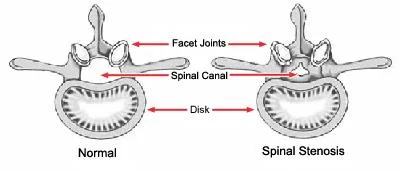
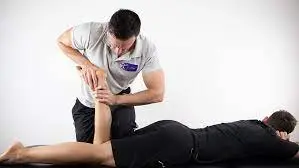
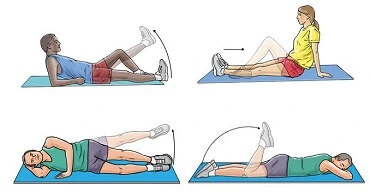
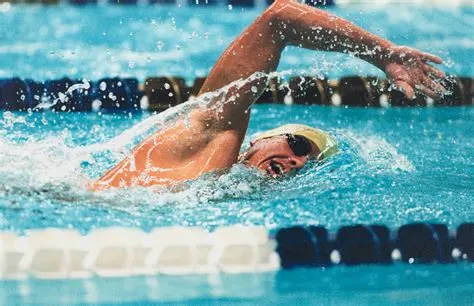
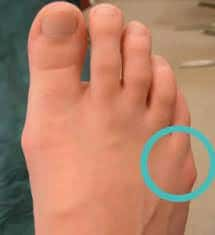
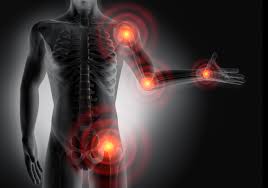
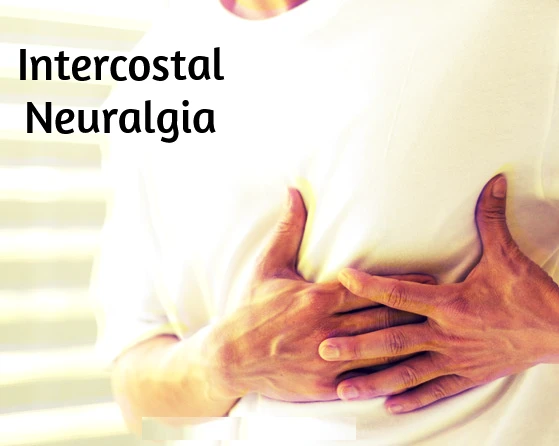
3 Comments